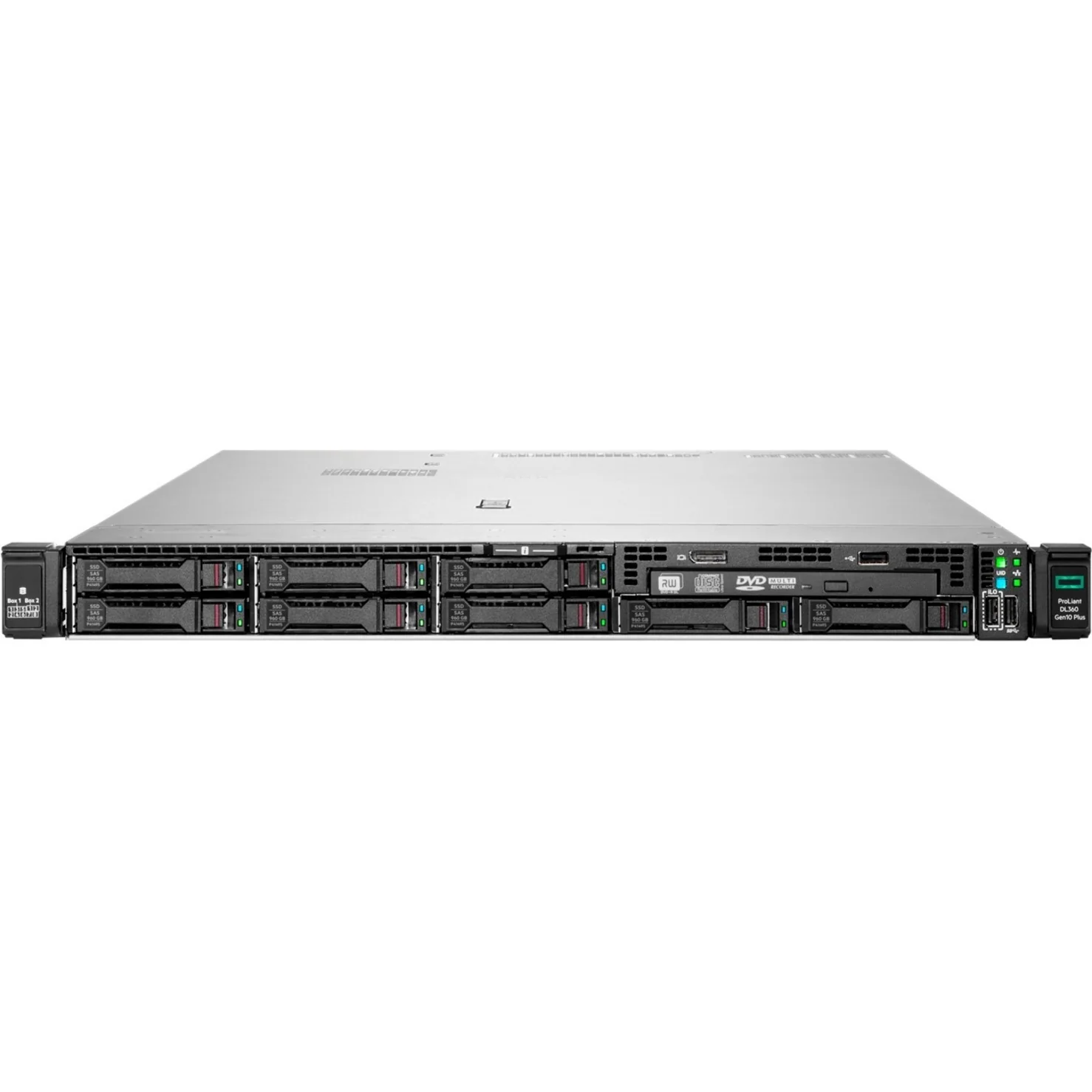ddr4 memory vs ddr3
DDR4 memory represents a significant leap forward from its predecessor, DDR3, offering substantial improvements in performance, efficiency, and reliability. Operating at higher speeds ranging from 2133 MHz to 4800 MHz compared to DDR3's 800-2133 MHz, DDR4 delivers enhanced data transfer rates crucial for modern computing demands. The architecture of DDR4 incorporates advanced voltage regulation, running at a lower 1.2V compared to DDR3's 1.5V, resulting in reduced power consumption and heat generation. This efficiency improvement makes DDR4 particularly valuable in data centers and high-performance computing environments. The technology also features improved error correction capabilities and enhanced signal integrity, ensuring more reliable data transmission. DDR4's bank group architecture allows for better memory management and reduced latency, enabling faster access to stored data. These technological advancements make DDR4 memory the standard choice for contemporary computing systems, from high-end gaming rigs to enterprise servers, offering superior performance and energy efficiency compared to DDR3.


